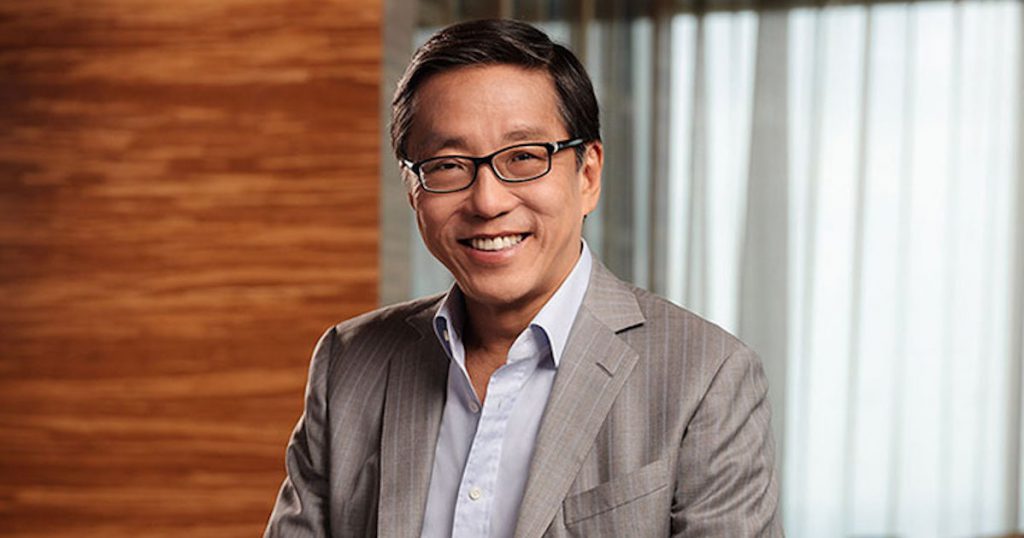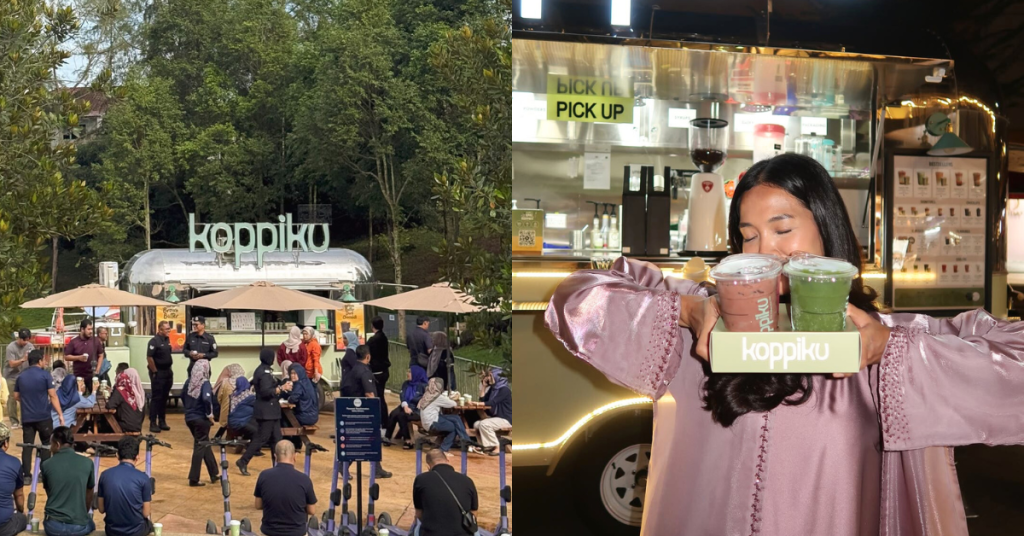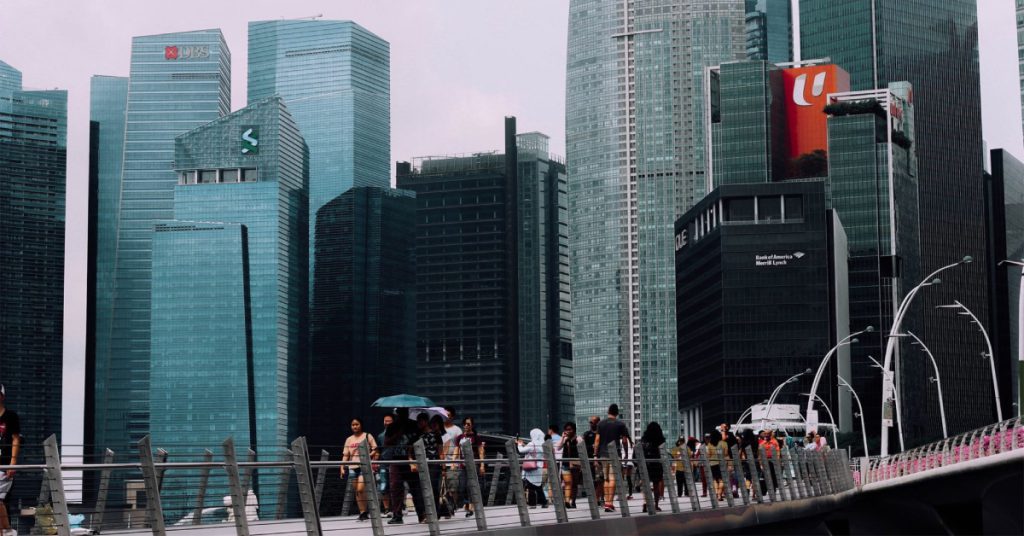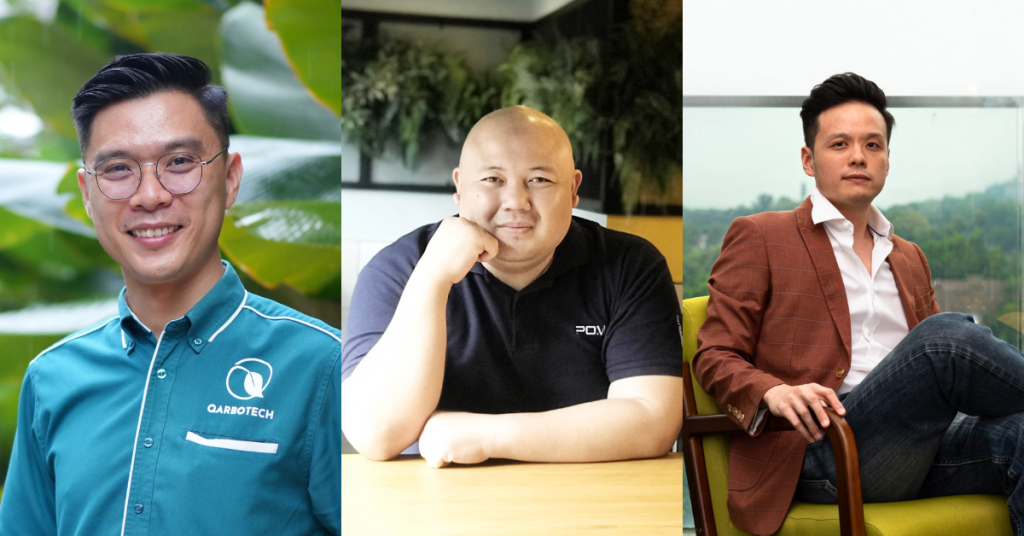Typically, a successful business story goes like this: They make waves in their home ground, before breaking barriers and going overseas to grow their global footprint.
But for Banyan Tree Hotels & Resorts, it’s a whole different story altogether.
Despite being a homegrown brand, they’ve never had a local presence until their 2011 spa launch at Marina Bay Sands.
So maybe that’s why although most people are acquainted with the brand, they never knew that it’s actually made in Singapore.
Banyan Tree is definitely no stranger in the hospitality and spa industry, with 43 resorts and hotels, 64 spas, 77 retail galleries and three championship golf courses across 28 countries.
Another 15 hotels and resorts are under construction, and a further 22 is being developed.
According to the company, the banyan tree was synonymous with providing shelter to weary travellers in the olden days.
Now, they strive to emulate the relief and comfort provided by nature with its all-pool villa concept and tropical garden spas in awe-inspiring locations around the world.
The Beginnings Of Banyan Tree

Over thirty years ago, back in 1984, Singaporean couple Ho Kwon Ping (65) and Claire Chiang (66) chanced upon a vast expanse of coastal land in Phuket, Thailand, that used to be a tin mine.
Without much research, they simply bought the land – without realising how polluted it actually was.
“Until we bought that land in Phuket, our only involvement with hospitality had been as keen travellers. I was young and naive and purchased what I thought was an idyllic plot, before discovering it was on the site of a disused tin mine,” said Ho.
But since it was surrounded by blue lagoons, they were confident that it could potentially make for a beautiful and scenic landscape after a massive clean-up.
As such, the couple devoted themselves to cleansing the acid-laden soil by planting more than 7,000 trees. Once rehabilitated, it became the first Banyan Tree resort.
It opened doors in 1994, and Ho’s architect brother, Ho Kwon Cjan, helped to design the property.
As a former journalist, Ho had no prior experience in the hospitality industry. Instead, this rebellious youth who got thrown out of Stanford University inherited a conglomerate from his late father.
In 1981, he was thrust into heading the family business when his father suffered a stroke. After his father’s death, he took over Wah Chang, which focused on agri-business and infrastructure construction.
“The primary thing that we were doing, which I felt was not viable and which today remains to me in many ways the curse of Asian businesses, was contract manufacturing… just a technical term for being a sub-contractor,” said Ho.
“You never owned the market, you never owned the brand…the margins are squeezed all the time.”
Dissatisfied with being a sub-contractor, he sought to build his own brand.
In an interview with Nikkei Asian Review, Ho said that his hotel business was born out of a passion to create a distinctive brand on which he could put his own stamp and add value.
If you don’t own a brand, somebody will always be cheaper than you. I never intended to be a hotelier.
Experimenting With New Ideas
Back in the 90s, the group’s planned fourth hotel was nowhere near the beach. But Ho believed that it was possible to build a resort without a sandy attraction – despite a complete lack of interest from any company to manage it.
In his endeavour to attract guests to the hotel, Ho was inspired to build villas rather than rooms, each with its own swimming pool.

The same line of thought led him to create one of Banyan Tree’s feature attractions: the hotel spa. Ultimately, he wanted guests to spend more time on the property, and not feel that they were missing out from a lack of beachfront.
He said that without the initial problem, he wouldn’t have been stretched to build a hotel different than the rest.
I’ve always believed that sometimes it is in solving a problem that great ideas come forth… Adversity is not a bad thing. That’s how Banyan Tree was born – because we had no beach front.
And he continued to integrate his original ideas in his business and insisted on having spa therapists going around barefoot (because it’s a sign of respect in Asia) and have them wear oriental clothes instead of white uniforms.
But he wasn’t always confident of success.
Having an entrepreneur’s mindset, you have to be prepared for everything. If Banyan Tree Phuket failed, I’d have gone back to the drawing board to look for something else to hand a brand on. You have to experiment, you have to be open to the idea that things may, or may not work.
Strongly Rooted To The Ground Despite Storms Of Crisis
Although Banyan Tree has expanded exponentially, it has weathered its fair share of storms too.
Over the years, devastating world events such as the outbreak of severe acute respiratory syndrome (SARS) in 2003, the Southeast Asian tsunami of 2004 and financial crises of 2001 and 2009, has created a set of business challenges for the firm.
In 2004, the Indian Ocean struck nine of the 20 resorts they had at the time, which greatly affected its business. The following year, it suffered a net loss of $27.5 million, although revenue rose 13 per cent to $370.7 million.

And in 2010, its revenues of $224 million was at its lowest in five years, according to Forbes. But with a net worth of $345 million, Ho still remained one of Singapore’s richest at No. 31.
Five years later, Ho’s aggressive bet in China backfired.
Banyan Tree plunged into the red due to higher provisions for sketchy debt, the majority of which came from unpaid management fees by cash-strapped hotel owners in China.
A number of hotel operators shelved new development plans, squeezing Banyan Tree’s revenue from design fees. The problems were exacerbated by Russia’s economic downturn, which resulted in the loss of “very high-paying guests,” Ho said.
Banyan Tree responded by cutting some 160 of its 1,400 jobs in Singapore, Bangkok, Phuket and Shanghai early last year.
“If not for external crises such as the 1997 Asian financial crisis, Sars, the Asian tsunami or the current global crisis, we would probably be double our current size by now,” he said.
“But to the extent that we have achieved anything, it’s perhaps [because] I’m a man in a hurry – time waits for no one, as the saying goes.”
In fact, time is an important factor in Ho’s business decisions.
In classical economics there are three factors of production: land, labour and capital. To me, the fourth factor of production – and therefore critically important as a business consideration – is time.
“In finance, the cost of money is affected by time. In manufacturing, time-to-market is a critical consideration, and in entrepreneurship, timing is everything,” he explained.
Four Brands Under A Single Tree
“From the very beginning, Banyan Tree knew it had to go global as it is fundamental for success,” Ho told IE Singapore.
The firm currently helms four brands under its name: Banyan Tree and Angsana, and the newly established Cassia and Dhawa.
Cassia offers serviced apartments, while Dhawa is a line of hotels catered for the younger, hipper, and design-conscious crowd launched in 2015.
Recently, Banyan Tree became the first Asian hotel brand to enter Cuba when it opened a lifestyle resort on Cayo Santa Maria, a small island off the northern coast.

The Dhawa Cayo Santa Maria, which has a private beach, is the first of four hotels the group planned for Cuba.
It “marks Banyan Tree’s second venture into Latin America after two successful hotel openings in Mexico”, it noted in a statement. Banyan Tree is also the first Singapore firm to head to Cuba, the group said.
According to Ho, it made sense for the brand to venture there because Cuba has been seeing a record number of tourists flocking there in the past two years, with much of the increase coming from American and European visitors.
So with a wide global footprint, are there any plans for Banyan Tree to have a property in Singapore as well?
“We would love to have a hotel in Singapore, but we haven’t been looking aggressively as it’s not easy,” Ho said in an interview with Singapore Tatler.
“You have to bid for locations that come up, and competition is quite fierce. It’s the big developers, not hoteliers, who bid for land in Singapore, and it’s as a mixed-use package. That’s usually a huge project that includes residential, hotel and retail components.”
“If we were to do it, it would have to be as part of a consortium. Given that we want to be a global company, we are right now deploying our capital quite well with more projects in other locations.”
Commenting on global expansion, Ho said that branding and flexibility are two very important factors, yet he believes that this is particularly difficult for Asian businesses.
He said that Asian brands resonate easily with Asian customers but exporting that relationship to a global level is far more strenuous as “the main markets in the past fifty years have been in the West.”
However, Ho is optimistic that the expansion of Asia as a consumer market will turn the tide as Asian businesses grow to understand “what the consumers want because the market is one which they themselves come from”.
And he is adamant that businesses can achieve universal appeal without sacrificing their cultural heritage, and this is something he tries to apply to his own business as well.
“When I do a Banyan Tree in Morocco will [customers] come because they’re going to see a Thai resort there or will they come because they know that Banyan Tree will bring certain attributes and certain service standards and a certain service culture… so that when they go to Morocco they can see the best of Morocco there?”
At the end of the day, Ho believes the key to success lies in the ability to give customers “a true sense of place, wherever you are”.
Featured Image Credit: Banyan Tree











